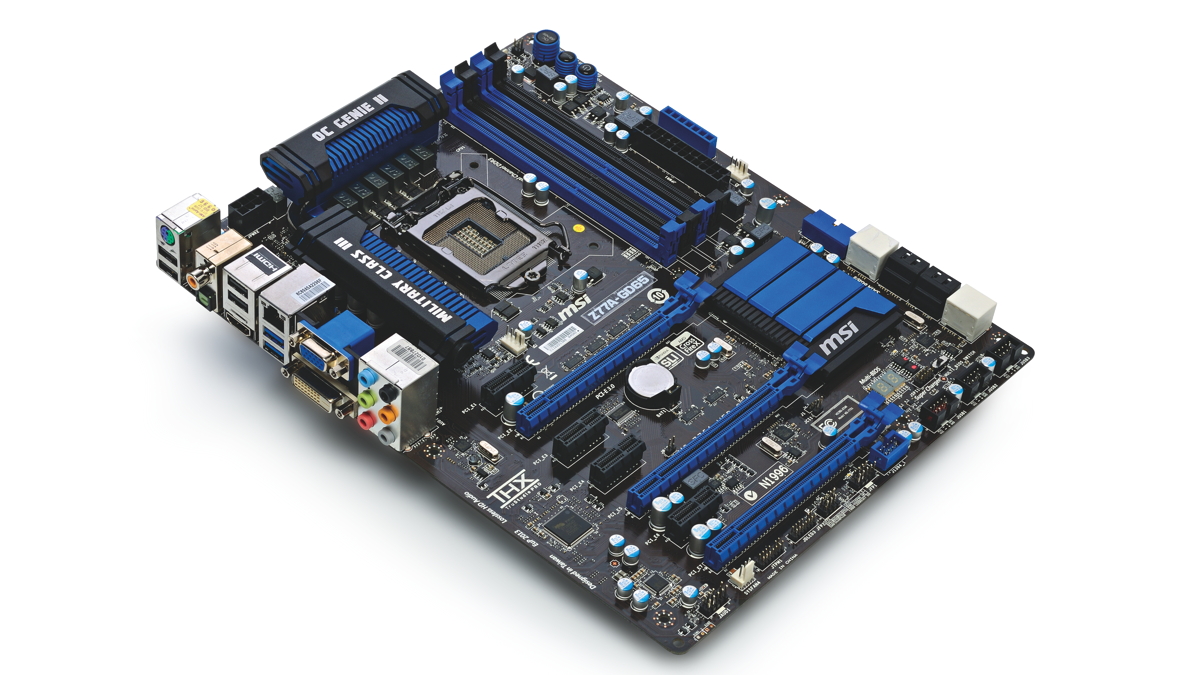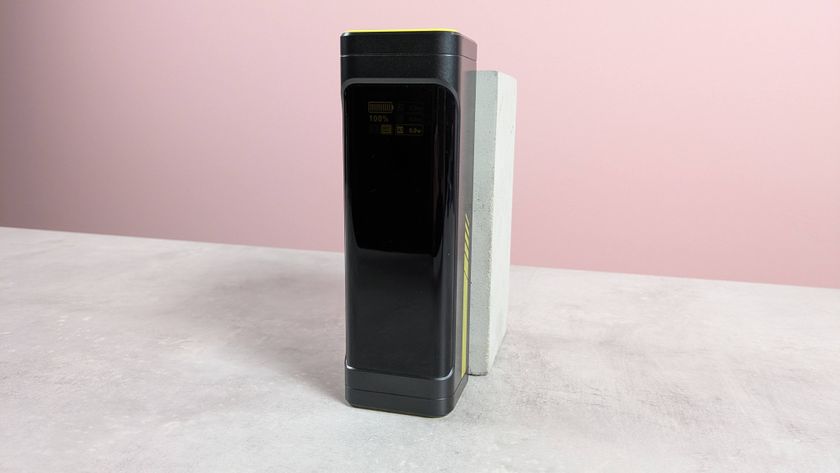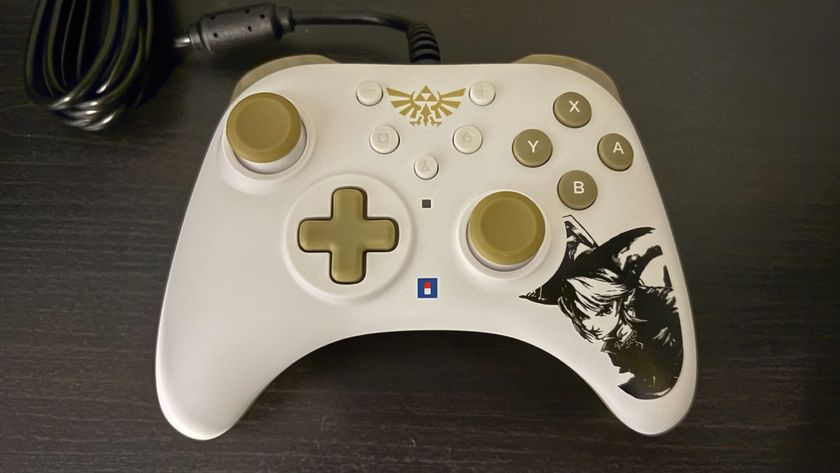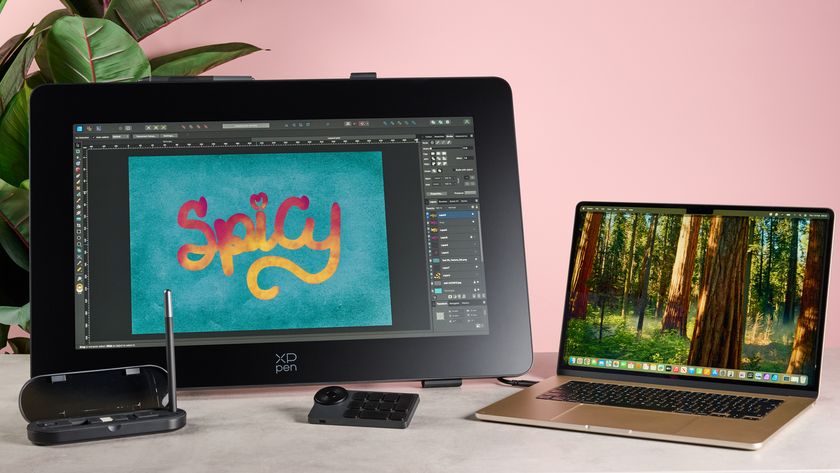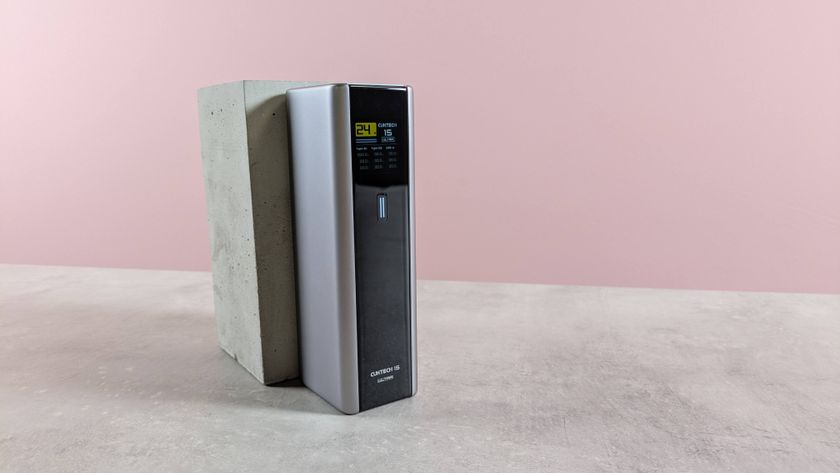TechRadar Verdict
MSI's first Z77 effort doesn't do a lot wrong, but it's not the best showcase of Intel's new chipset.
Pros
- +
Top quality components
- +
Decent motherboard cooling
Cons
- -
Comparative stock performance
- -
But limited overclocking potential
Why you can trust TechRadar
As CPU launches go, Intel's new 22nm Ivy Bridge family is firmly in the reluctant, heel-dragging category. But we understand they're imminently go for launch and the MSI Z77A-GD65 is one of the very first motherboards optimised for this latest line of Intel desktop number crunchers.
In its wisdom and mercy, Intel has decided not to roll out yet another socket for Ivy Bridge.
So, the good news is that you can drop in any existing Intel LGA 1155 processor into the MSI Z77A-GD65 and let rip.
It's also this backwards compatibility that allows us to get a feeling for the MSI board and the new Intel Z77 chipset that underpins it before the first Ivy Bridgers are finally dragged into the open, blinking and rubbing their eyes.
That gives a chance to gauge how the Z77 shapes up for raw performance, what we can expect from it in terms of overclocking, how it compares to the old 6 Series family of chipsets, such as the Z68 and H67 and all, well, that jazz.
Of course, the MSI's Z77A-GD65 isn't the only new Ivy Bridge-oriented motherboard to hit TechRadar towers. In terms of reference points, you can also have a look at our reviews of the new Asus ROG Maximus V Gene and Asus Sabertooth Z77.
Nor, as it happens, is the Z77 the only new 7 Series chipset from Intel.
Vital stats
Chipset
- Intel Z77
Socket
- Intel LGA 1155
CPU support
- Intel 2nd & 3rd Generation Core
Form factor
- ATX
Graphics support
- Nvidia SLI and AMD CrossFire, Intel integrated
High speed interfaces
- 4xUSB 3.0, 2X SATA 6Gbps
Architecture
For context, Intel is also rolling out Z75 and H77 chipsets to the accompany the Z77 effort used by the GD65.
There's not a great deal to differentiate them.
The Z77 and H77 support SmartResponse SSD caching, while Z75 does not, but Z77 and Z75 have full access to CPU ratios and overclocking, where available, but for the H77 there's no overclocking fun.
Frankly, it's all a bit batty and ultimately rather artificial.
These aren't differences in the silicon. This is stuff Intel is switching on and off purely to create market stratification. Still, one new feature that may be of interest is PCI Express 3.0 support, which will arrive with the Ivy Bridge processors.
As standard, you get 16 lanes integrated into Ivy Bridge CPUs. But only on the Z77 and Z75 chipsets can they be split into two x8 connections for multi-GPU graphics.
However, because PCI Express 3.0 offers double the bandwidth of PCI Express 2.0, that's actually equal to two x16 PCI Express 2.0 links.
You will of course need graphics cards that support the 3.0 spec to hook into all this. For the record, the Z77 and thus the MSI Z77 can also be configured with one x8 and two x4 links for triple-GPU action and supports both NVIDIA SLI and AMD Crossfire.
And again, remember that's equivalent to one x16 and two x8 PCI Express 2.0 connections. The bottom line, then, is that the 7 series and the Z77 in particular is a fair bit more multi-GPU friendly.
It also offers a heap more bandwidth for peripherals thanks to four native USB 3.0 ports.
Board makers no longer need to add a USB 3.0 daughter chip. Huzzah. That said, only two of the six SATA ports are 6Gbps, which is pretty pathetic. AMD has been delivering chipsets with full 6Gbps support on every port for yonks.
Get with it, Intel.
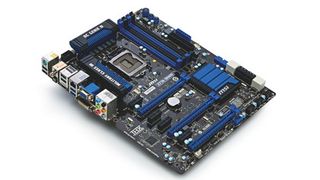
As for the specifics MSI has cooked up for the Z77A-GD65, well, you get Military Class solid state components, which adds up to some pretty serious power management, thermal protection and stability.
Then there's MSI's obligatory OC Genie button, which enables idiot-proof overclocking at the flick of a finger
Hardcore overclockers are well catered for, too, both in the UEFI BIOS, which is comprehensive, and courtesy of features like V-Check points and the LED debug display.
The only omission of note is a clear-CMOS switch on the back panel. You'll have to fiddle with jumpers to recover defaults if you've applied a setting that's preventing you from getting back into the BIOS.
Technology and cars. Increasingly the twain shall meet. Which is handy, because Jeremy (Twitter) is addicted to both. Long-time tech journalist, former editor of iCar magazine and incumbent car guru for T3 magazine, Jeremy reckons in-car technology is about to go thermonuclear. No, not exploding cars. That would be silly. And dangerous. But rather an explosive period of unprecedented innovation. Enjoy the ride.
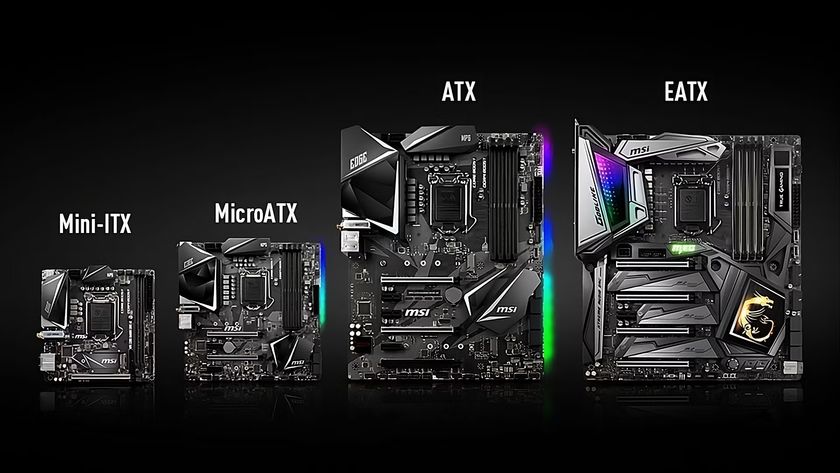
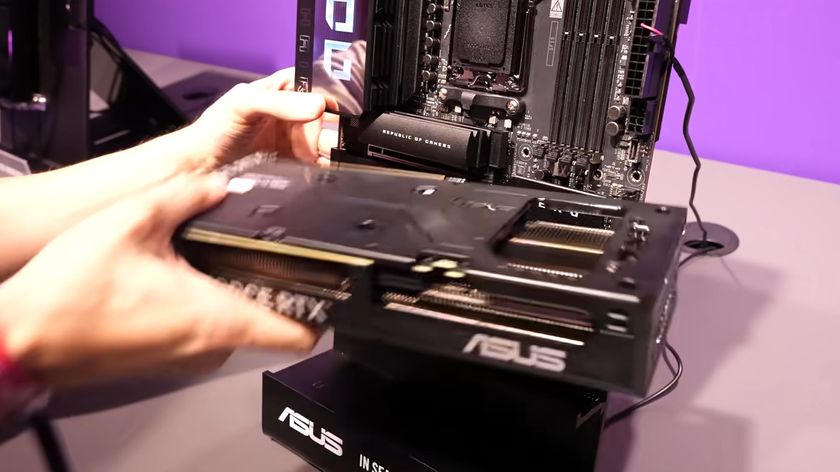
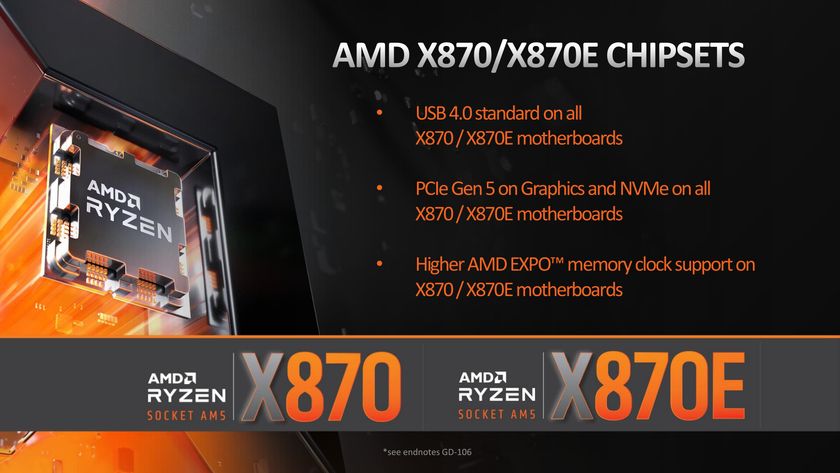
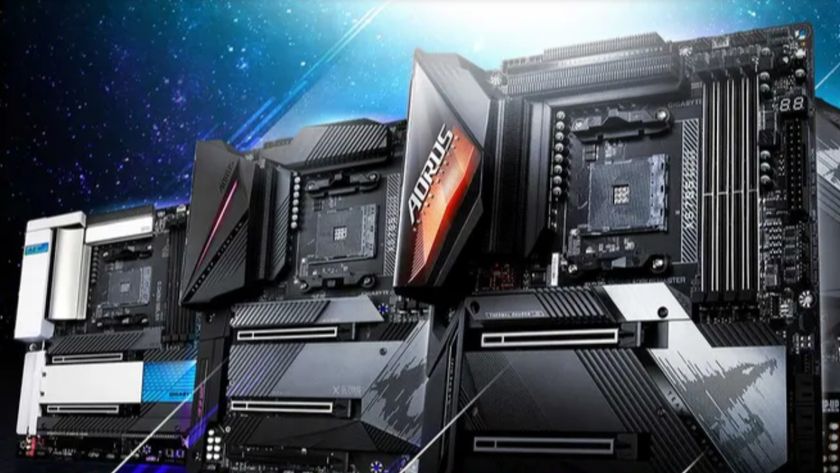
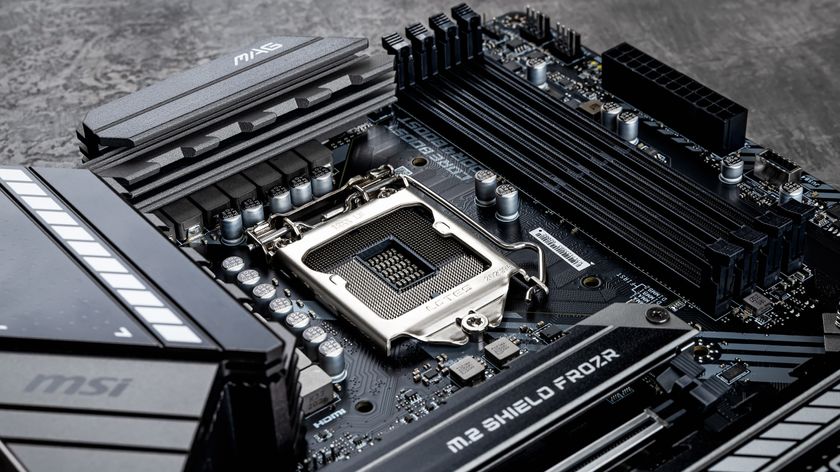
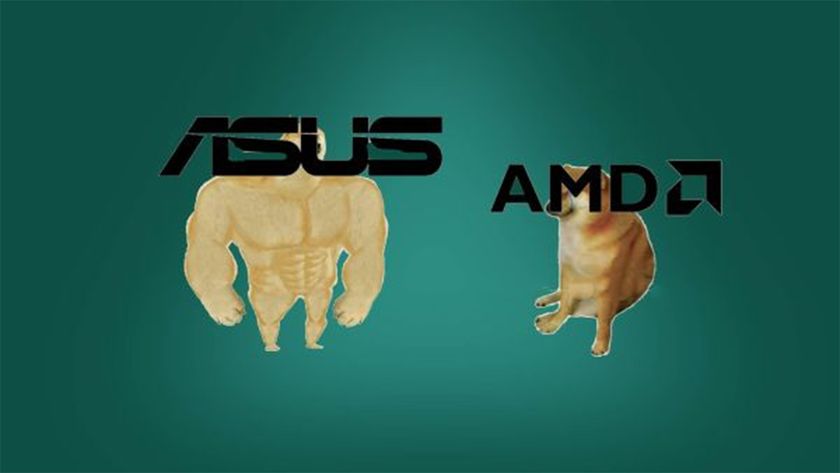

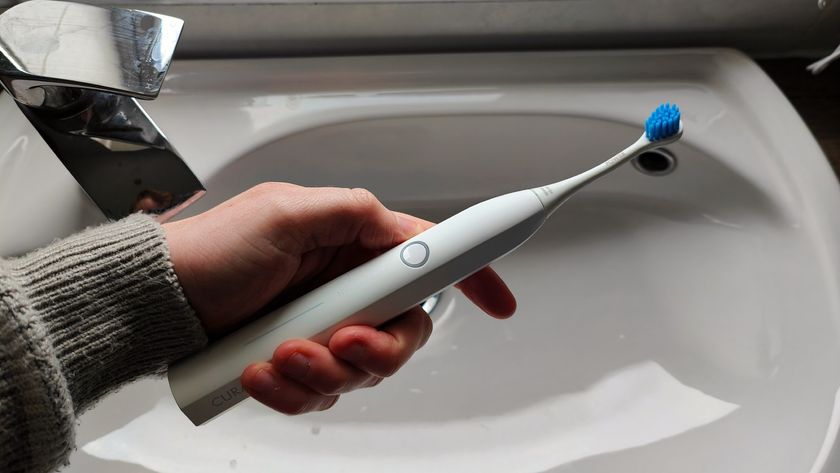


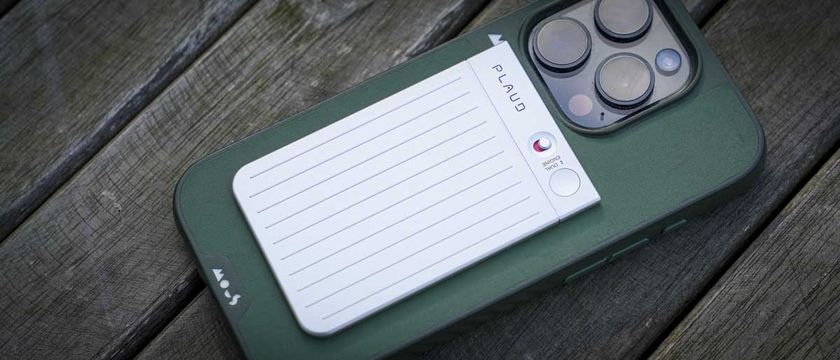
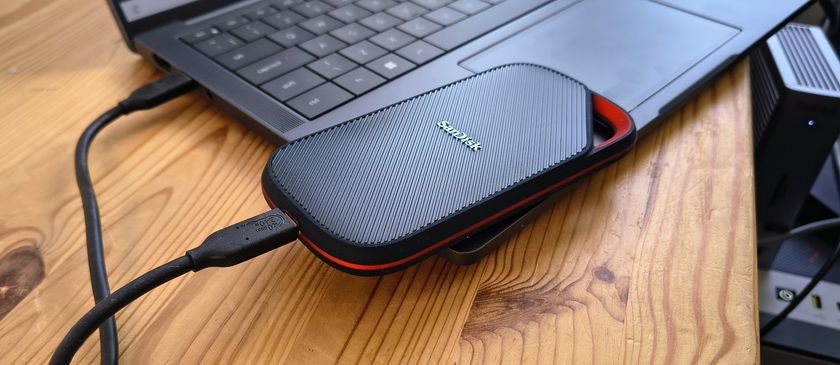
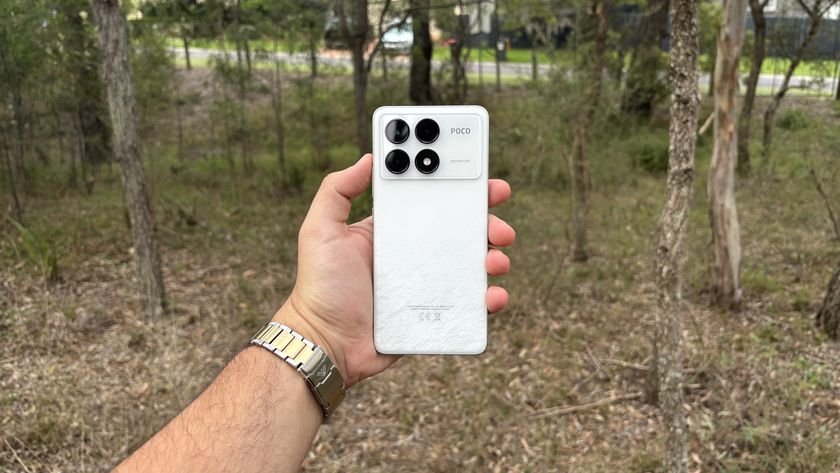
For a mid-range handset, the Poco F6 Pro is premium in more ways than one, but I found it hard to ignore some of its key pitfalls
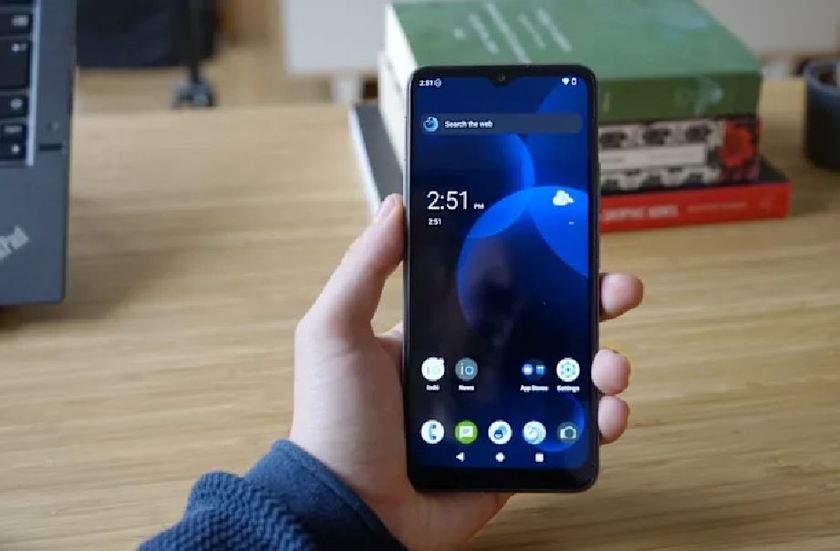
This obscure brand wants to launch the most privacy-friendly smartphone ever without Google, but with a mysterious open-source OS at its core
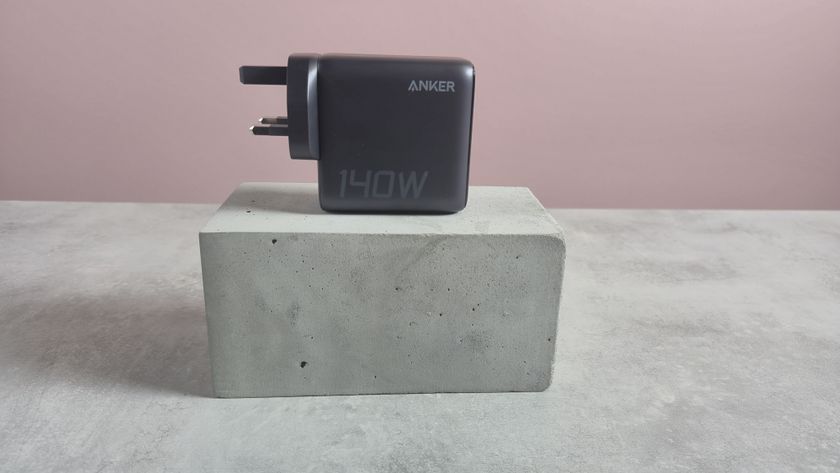
This powerful phone charger has been making faces at me, but I kinda love it
